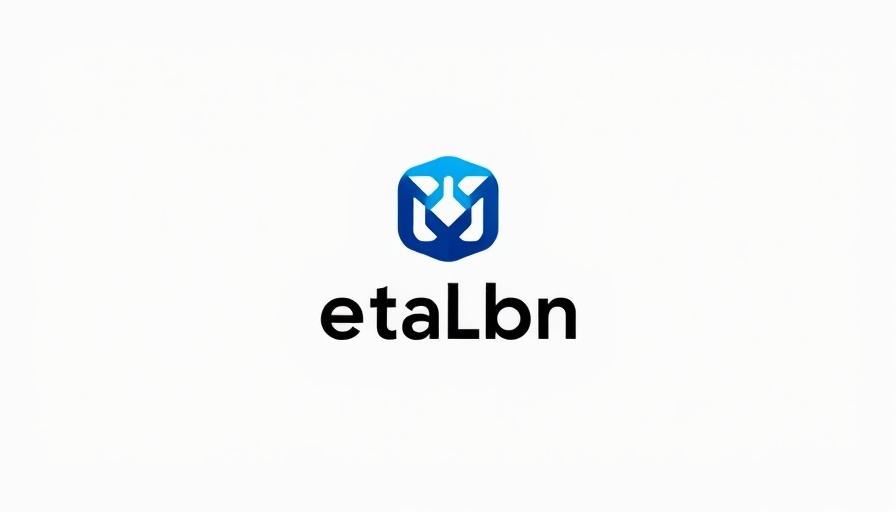
Redefining Messaging: X's Ambitious Overhaul of DM Features
The evolution of messaging apps has become a focal point for many social media platforms, and X, formerly known as Twitter, is no exception. Owner Elon Musk aims to transform X into a more comprehensive and functional platform, stacking up its features to compete with successful messaging apps like WeChat. This upgrade includes an exciting new set of capabilities that could solidify X's relevance and answer the demands of its growing user base.
Enhanced Privacy Features for Modern Communication
One of the most significant updates coming to X's direct messaging (DM) functionality is the introduction of full end-to-end (E2E) encryption. While X currently offers optional DM encryption for premium subscribers, the new rollout seeks to provide a complete overhaul, allowing every user a secure environment for their conversations. This move is crucial as users increasingly prioritize privacy in digital communication.
File Sharing: A Step Towards Complete Functionality
X's plan to integrate file sharing is a welcome addition. This feature is fast becoming a standard necessity across messaging platforms, allowing users to share documents, photos, and videos seamlessly. With these capabilities, X aims to bring more utility to its platform, aligning itself with expectations set by competitors. Users can look forward to deleting messages, both for themselves and recipients, and using options like vanishing messages, presenting a modern approach to messaging with increased control.
A Vision Inspired by Successful International Models
Elon Musk's ultimate goal is to turn X into an “everything app,” drawing inspiration from the success of applications like WeChat in China. WeChat has become a one-stop solution for users, combining messaging, e-commerce, and various service functionalities. As more businesses and consumers seek convenience, X’s adaptation of similar capabilities could change user engagement dramatically, positioning it as a vital platform for both personal and commercial interaction.
Prospective Benefits for Small Business Owners
For business owners and entrepreneurs, these changes signal a potential goldmine for growth strategies. A more functional X could enhance outreach efforts, facilitate quick communication with clients, and enable streamlined marketing through integrated file sharing. Additionally, enhanced privacy and security features may foster greater trust and customer loyalty. As clients become increasingly cautious about data security, adopting platforms with robust encryption can help brands maintain their reputation and secure consumer trust.
What This Means for User Engagement and Retention
As X continues to amass updates, the implications for user engagement and retention could be substantial. Companies looking to harness this transformation must adopt strategies to maximize the new functionalities provided by the platform. Insights into how to effectively communicate via these new features will be crucial for standing out amidst a crowded digital landscape.
The Road Ahead: A Call to Action
With significant upgrades on the horizon, now is the time for business owners to prepare for how X’s new functionalities can enhance their outreach and client engagement. By understanding these emerging tools, businesses can strategically position themselves to reach their audience more effectively and capitalize on the evolving digital conversation.
Staying informed and adapting strategies to incorporate the latest platform features will aid in driving growth and improving client relationships. Are you ready to revolutionize your communications with X? Dive into this new era of messaging and explore how it can elevate your business!
 Add Row
Add Row  Add
Add 




Write A Comment